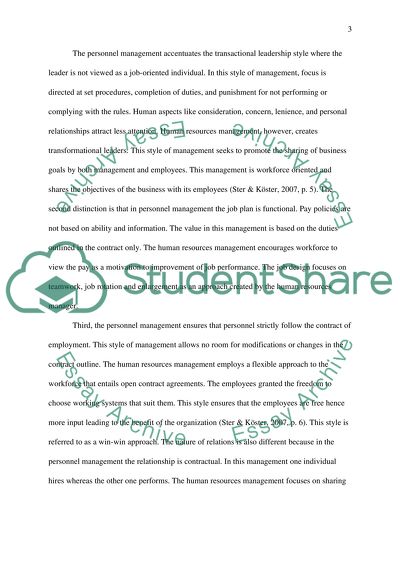Cite this document
(“Human Resource Management regarding Coca Cola Company Essay”, n.d.)
Retrieved from https://studentshare.org/human-resources/1404593-human-resource-management
Retrieved from https://studentshare.org/human-resources/1404593-human-resource-management
(Human Resource Management Regarding Coca Cola Company Essay)
https://studentshare.org/human-resources/1404593-human-resource-management.
https://studentshare.org/human-resources/1404593-human-resource-management.
“Human Resource Management Regarding Coca Cola Company Essay”, n.d. https://studentshare.org/human-resources/1404593-human-resource-management.


